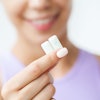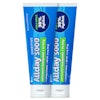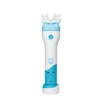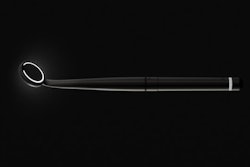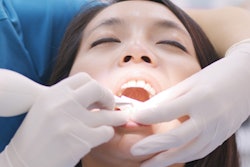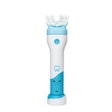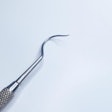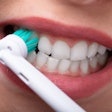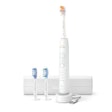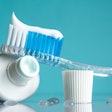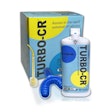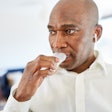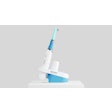
Dentistry is a dynamic and ever-changing profession, where innovation is the cornerstone of progress, seen throughout the care and practice in totality, except for one seemingly humble tool that has defied change for more than a century: the much-relied-upon and heavily used dental mouth mirror.
The dental mirror is everywhere, from its centuries-old roots to its modern-day ubiquity. It's used daily, always, in every practice. The dental mirror is a reflection of tradition and a testament to the challenges and opportunities inherent in embracing new technologies.
A historical perspective of the dental mirror
The origins of the dental mouth mirror can be traced back to ancient civilizations, where early dentists used rudimentary tools made of polished metal or reflective surfaces to inspect patients' mouths. However, it wasn't until the late 19th century that the modern dental mirror, as we know it today, was developed.
Prominent British dentist, Sir John Tomes, founder of the British Dental Association, made changes to and began to regularly use a dental mirror similar to the ones in use now, in his practice. With a small circular mirror attached to a handle, Tomes' invention revolutionized dental examinations by providing dentists with a clear view of the oral cavity, thus improving diagnostic accuracy and treatment outcomes.
Over the years, the design of the dental mirror has undergone minor refinements, with improvements in materials and ergonomics. However, the basic principles remain unchanged, with the mirror still an indispensable tool in every dentist's arsenal.
History unchanged
Despite the rapid advancements in dental technology, the dental mouth mirror has remained remarkably unchanged. Its basic design, consisting of a small, angled mirror attached to a handle, has persisted through decades of innovation. But why has this essential tool resisted change for so long?
One explanation lies in the mirror's simplicity and reliability. Since its inception, the dental mouth mirror has served its purpose admirably, providing dentists with clear, magnified views of the oral cavity.
Its timeless design and functionality have made it a staple in dental practices worldwide, fostering a sense of familiarity and trust among practitioners who use the tool. Like the use of their hands or their chair, given the pervasiveness of the mouth mirror's use, there's a likelihood that most have never thought about wanting any changes to it.
Digital dreams
However, change is upon us. The dental mirror is getting digitized. Despite the new technology embedded into the dental mirror, the new mirrors remain the size of traditional No. 4 and No. 5 mirrors -- the ones currently in use in almost every practice every day throughout North America.
Because the mirror is an indispensable tool for dentists, digitizing it leads to more uses, because it can do more. And because it's already in hand chairside, adding functionality to it will improve its overall efficiency.
 The Halo Dental Mirror. Image courtesy of Halo Dental Technologies.
The Halo Dental Mirror. Image courtesy of Halo Dental Technologies.
And, like traditional mirrors, digital mirrors won't disturb the relationship with patients. The opposite is true: They will facilitate additional data capture and provide opportunities to more fully immerse patients in their care to improve patient engagement.
A digital mirror can enhance communication between dentist and patient and streamline the patient's oral health journey. A digital mirror integrates features aimed at optimizing patient comprehension of their condition and empowering them to take action while making it extremely easy for dental staff to capture images inside the patient's mouth at the point of care, which helps dental staff educate patients about needed care and facilitates visual record documentation.
Weighing the same as conventional dental mirrors, but still high strength and possessing an integrated LED diffused light, a wide-angle camera, and an active fog-prevention mirror, the possibilities open up. Moreover, when equipped with internal Wi-Fi connectivity, the mirrors become nearly as powerful as a smartphone, facilitating seamless image capture and transmission of photos to a secure cloud. A smartphone is not autoclavable, but a digital mirror is.
Lighting the way forward
As we reflect on the evolution of the dental mouth mirror, we are reminded of the delicate balance between tradition and innovation in dentistry. While the mirrors timeless, traditional design has served the industry well for centuries, there's little reason for it not to adapt technologically to revolutionize still another area of oral healthcare.
During this transformative journey, we can still honor the legacy of this important tool while boldly embracing the opportunities that lie ahead with a new dental technology. The device has served us well, but the future of this technology is bright -- as a halo light.
The comments and observations expressed herein do not necessarily reflect the opinions of DrBicuspid.com, nor should they be construed as an endorsement or admonishment of any particular idea, vendor, or organization.
